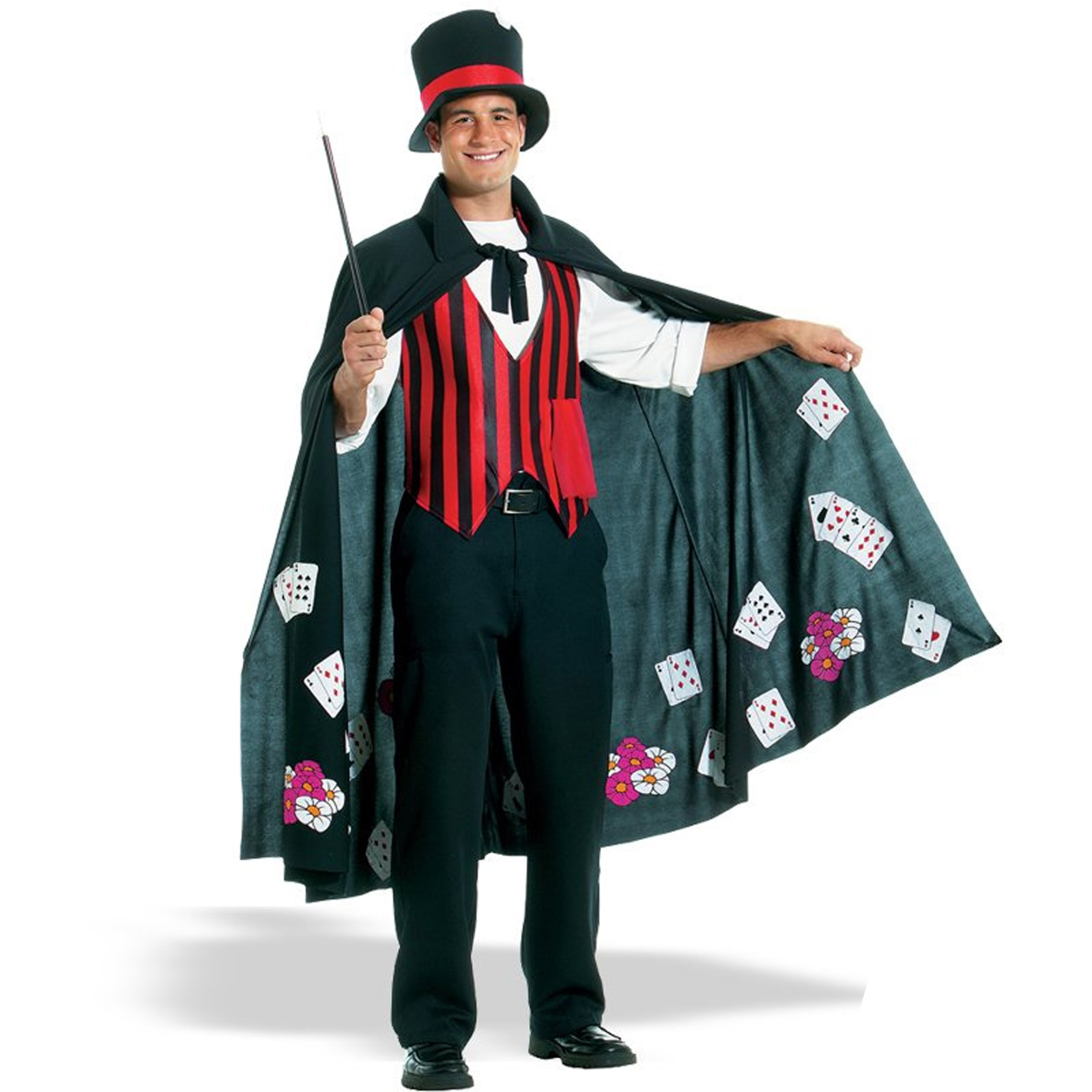
A very minor hobby of mine is debunking magic tricks. I'm one of those smart-asses who likes to think that no illuisionist can put one over on me, that no matter how crazy the card trick or large-scale TV disappearance, with a little thought and examination, I can determine at least a rough idea of how the effect was carried out. But it's not actually true—there are plenty of magic tricks that baffle me. Six months ago, I went to my nephews' birthday party, where a junior-high science teacher who moonlights as a party magician completely stunned me by pulling a tennis ball out of a kid's ear.
Back in the '80s, it seemed like magic was a bigger deal. Almost every other Friday night, David Copperfield would star in a TV special, and once you got past his smirking self-aggrandizement, you'd usually see something pretty spectacular. (Good joke from the '90s: What was David Copperfield's greatest trick? Making Claudia Schiffer's taste in men disappear.)
He walked through the Great Wall of China (I figured that one out), floated above the Grand Canyon (I have an assumption, but a vague one), or made the Statue of Liberty disappear (this one I know, but I had to read about it in a book to get it). That's not to say that his illusions were any less impressive because a careful observer can see their inner workings—no stage magician claims genuine supernatural powers once the show is over, so the feat is often more stunning when you realize the multitude of layers that went into its creation.
But this one is interesting: I remember watching his 1991 special, Mystery on the Orient Express, in which he made an entire train car float above his head and disappear (this I easily figured out; it's a more impressive version of an old trick in which a person is made to levitate and vanish). As part of the TV special, he presented a special interactive magic trick, to be played with viewers at home, and I recall interacting and being absolutely floored that it worked as advertised. Here you go; beware his unctuous early-'90s cheesitude:
I just watched it again for the first time, and I can't believe I was such a dummy not to instantly understand how it's done. I don't know, maybe I had yet to study enough math, but it seems brutally manifest that his instructions are designed to severly limit the possibilities. Hey, it's pretty cool that he managed to figure this out, and to stage it with the level of professionalism that makes it look more random than it actually is. But it ain't mind-reading.
Oh, and if you do want to know how all those tricks are done, ask me. Or, you can try here.


1 comment:
ugg boots sale
genuine ugg boots
uggs black friday
uggs outlet
ugg boots cheap
genuine ugg boots
uggs sale
north face jackets
ugg uk
moncler uk
discount uggs
uggs sale
uggs on sale
true religion jeans
nike uk
manolo blahnik shoes
ugg outlet online
uggs outlet
patagonia outlet
marc jacobs outlet
nike kd 6
uggs for sale
discount uggs
uggs for cheap
uggs for sale
mulberry uk
ugg boots sale
discount uggs
genuine ugg boots
uggs for sale
discount uggs
north face outlet store
ugg boots sale
uggs outlet
discount uggs
Post a Comment